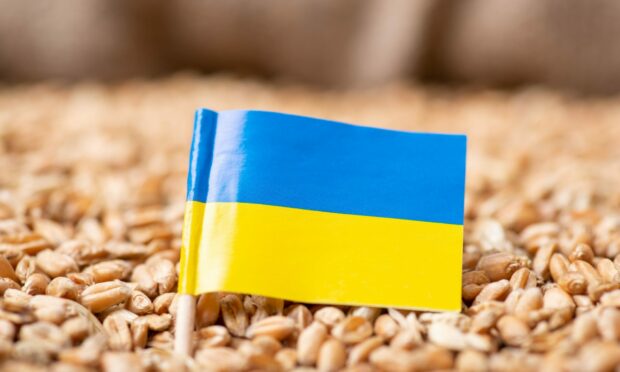The EU has published details of its initial offer on food and
agriculture as part of a potential trade deal with Australia. This will
be discussed at a high level meting of senior officials from both sides
next month, with a view to concluding an early deal. The offer is
around reduced and zero tariffs phased in over time, with lamb, beef
and dairy the controversial issues. The process is complicated by the
starting point for volumes being pre-Brexit, with the UK the biggest EU
importer from the southern hemisphere. Imports from Australia and New
Zealand have always been controversial in Europe, particularly with the
French and Irish. The European Commission is determined to avoid a
repeat of its Mercosur deal with South America, which after many years
has still not been ratified by member states. The EU offer to Australia
on agriculture appears less generous than the widely criticised deal for
the UK concluded by Liz Truss, when she was trade minister.
The deal that allows Ukraine to export grain from Black Sea ports has
been extended for a further two months. There had been fears Russia
would pull out of this agreement and reintroduce its blockade of the
ports, as part of its Spring offensive against Ukraine. However it
relented at the last minute, restoring arrangements negotiated by Turkey
and the United Nations. This will ease grain supply problems in many
countries dependent on imports and at the same time give a boost to
Uranian farmers struggling to maintain business in the face of Russian
aggression. In agreeing the deal Russia claimed it had greater
potential to solve the problem of global shortages of fertiliser and
grain; if counties that have imposed sanctions eased these for key
commodities. Ironically Russia has massive volumes of grain available
for export, following a bumper harvest last year while Europe was hit by
drought.
The Organisation for Economic Cooperation and Development (OECD), which
represents the world’s developed economies, says that while governments
are pursuing environmental goals for agriculture there is a lack of
coordinated thinking about the global economic impact of these
policies. It says that in ‘interconnected world’ the unilateral
adoption of environmental policies can reduce farmers’ competitiveness
and drive ‘pollution leakage’ by exporting production. It says the two
key policy areas being pursued are climate change mitigation and the
environmental impacts of pesticides. The OECD has identified two policy
routes to improve agriculture’s environmental performance while
maintaining the benefits of global markets. Neither represent perfect
solutions. The first relies on environmental policies through
regulations, which limit environmental impacts but create issues around
competitiveness and leakage. The second involves policies acting on
supply and demand, which limit competitiveness and leakage impacts but
will be slower to deliver environmental gains.
